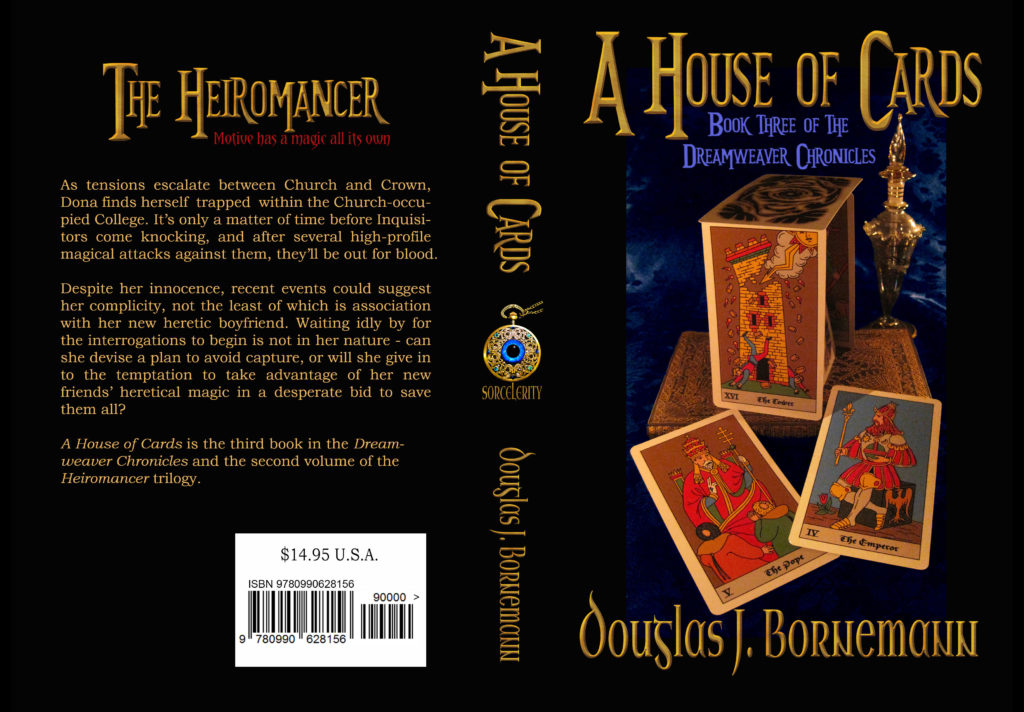Ordering proofs can be a sobering experience. Don’t get me wrong, clutching an actual copy of a book you slaved to create is a tremendous thrill. But once that moment fades, you’re faced with the prospect of communicating what makes your work special to a prospective reader—without giving anything important away.
“Tell me about it.” That deceptively simple question not only invites you to dance through a spoiler minefield, you’re also expected to do it while naming that tune in three notes. If you write high-concept novels, the “three-notes” part is a bit less daunting— “the story is about snakes on a plane, or about high-school-student Buffy, who moonlights as vampire slayer.” But if you’re an author who strives for something a bit more nuanced, complex, and less easily pigeonholed, the temptation to spew enough notes to craft a symphony is real.
So, unless there are sharks in your tornadoes, the goal can’t be to identify specific notes—it’s got to be more about distilling the novel’s essence. What, then, is A House of Cards about? After boiling the pieces in the old flask for a while, here’s what finally condensed:
A House of Cards is about an ensemble cast of smart strong-willed people working at cross purposes in the context of a Victorian-style society where the Church has so effectively suppressed magic that most doubt it even exists.
OK, it doesn’t have the brevity of say Ghostbusters, but at least it fits into a single sentence.
If you’re still reading, perhaps your interest is sufficiently piqued that you’re wondering what types of characters that ensemble cast includes. At the risk of waxing symphonic, I offer the following examples of the lives that collide in A House of Cards:
- A gifted young woman who sets her sights on becoming a professor at a University that has only recently begun admitting female students.
- A spinster scion of a wealthy family who wreaks subtly crafted vengeance in a man’s world.
- A disaffected professor drunk on his first taste of forbidden magic who chafes at the restrictions imposed by his more-cautious mentor.
- An honorable cleric who has devoted his life to atoning for his father’s sins by assuming the position his father held while committing them.
- A wily old priest who schemes against the Church’s uppermost echelons for nebulous if not downright-nefarious purposes.
- A dutiful son who risks everything to protect his family’s explosive secret.
Fair warning: A House of Cards is an integral part of the Heiromancer Trilogy rather than a stand-alone novel. With respect to structure, think The Lord of the Rings, where The Demon of Histlewick Downs serves as a stand-alone prelude to The Heiromancer Trilogy in much the same way that The Hobbit kicked off The Lord of the Rings. A major feature of The Heiromancer is the way it interleaves multiple characters’ stories into a coherent whole. Achieving that end required a longer-than-standard format. These non-standard features contribute to a story calculated to provide the reader with a refreshing and unique reading experience. Do these non-formulaic elements also increase the difficulty of communicating to potential readers what they should expect?
Yeah, tell me about it.
 (0)Dislikes
(0)Dislikes (0)
(0)
